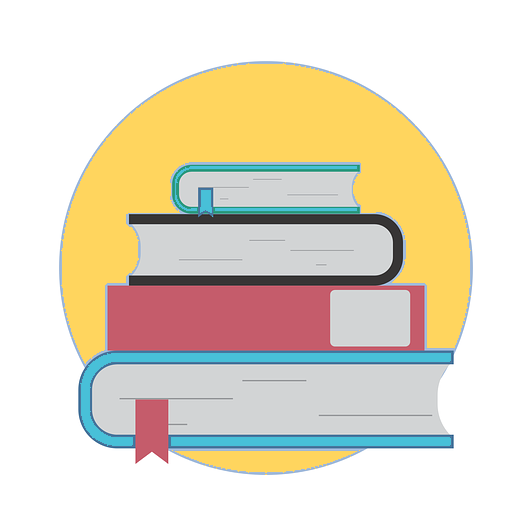When sharing knowledge, it is important to consider both accessibility and ethical responsibility. Creative Commons licenses make it easier to share and reuse materials, but they do not always account for cultural context or the preferences of knowledge holders. Some knowledge, especially that which is deeply connected to communities and traditions, requires careful thought about how it is used and shared. In some cases, Creative Commons licenses may not be the most suitable option for ensuring that knowledge is shared in a respectful and contextually appropriate manner.
Working with Traditional Knowledge
As mentioned in Module 1, Traditional Knowledge (TK) refers to the knowledge, know-how, skills, and practices passed down through generations within a community, often forming part of its cultural or spiritual identity. Some forms of traditional knowledge may carry a TK Label, which indicates cultural protocols on how it should be shared.
While TK Labels differ from Creative Commons licenses, it is important to respect the knowledge holder’s preferences and follow appropriate cultural protocols when using licensed materials that incorporate traditional knowledge. Additionally, there is a risk of misuse or appropriation, which not only involves taking something of value from a community but also profiting from it without proper recognition or permission.
To avoid this, it is essential to engage with the knowledge holders, obtain consent, and ensure that any use aligns with their cultural protocols and expectations.
Consideration on Accessibility

Scenario – What is the consequence of not using an accessible format?
Let’s consider this scenario: Vanda has created a CC BY licensed graph that explains how supply and demand gets affected during depression. the graph became popular and it became used in various ECON courses in universities.
One day Mia, who is a visually impaired student, took an ECON course which uses the graph that was created by Vanda. Mia has hard time interpreting the graph as the graph does not have an alternative text, nor a caption that describes what the graph is about. The course uses other CC by licensed graphs that also do not have alt texts. Every time when this type of graphs are used, Mia has to contact their instructor to ask for clarification on what the graph is about.
CC license allows to easily re-use and share your work. However, what are the consequence if the works you share are not accessible? What are the things that Vanda could have done in order to make their work more accessible?
Many works with a CC license are shared in digital format, and it is important to ensure they follow accessibility guidelines so that they can be used by people with different abilities. For example, video and audio recordings should have text captions or transcripts, images should have alternative text, and documents should be organized in way that allows those using screen readers to navigate them easily. In case of the scenario above, Vanda could have provided alternative text to the graph so that students like Mia can interpret the graph. See the UBC OER Accessibility toolkit for more information.
Ethical Aspect of AI
While Creative Commons licenses are designed to enable sharing and remixing, the rise of AI introduces new ethical complexities. AI systems often train on large datasets that include openly licensed content such as images, text, or audio. In many cases, the original creators may not be aware that their work is being repurposed for this type of use. In addition, training AI models on large open datasets requires significant computational power, often relying on non-renewable energy sources and raising environmental sustainability concerns. This raises important questions about consent, attribution, and potential misuse.
GenAI Considerations
“The basic premise is that open is not synonymous with good. Open may lower the barriers to harmful uses. In order to mitigate harm, including safety and security concerns, open licenses need to evolve from simply being “open” to being “open” and “responsible””
-Paul Stacey, AI From an Open Perspective

This quote highlights the importance of pairing open licensing with ongoing ethical reflection and thoughtful governance. As AI continues to shape how content is used and shared, creators and educators are encouraged to consider not only how their work can be reused, but also how it might be applied in new and potentially unintended contexts.
Let’s consider the scenario below:

Scenario – Sharing CC licensed work
Let’s consider this scenario: Sulan created a drawing of people studying using a computer and released it under a CC-BY-NC license, allowing educational and non-profit institutions to use her work. Over time, her drawing became very popular.
A year later, her friend introduced her to an AI image generation tool and demonstrated its capabilities using the prompt “people studying using a computer.” To Sulan’s surprise, the generated image closely resembled her artistic style. She felt conflicted—while she had willingly shared her work for educational purposes, she had never intended for it to be used in training AI models. The realization left her with mixed emotions, raising questions about artistic ownership and the unintended consequences of open licensing in the age of AI.
Reflecting on Sulan’s case above, there are many considerations when using AI. Since AI is a relatively new technology, there are still many grey areas and unknowns regarding its usage. When incorporating AI into creative work, several ethical factors needs to be considered:
- What is the social impact of AI?
- Who owns the copyright of the AI work? (Review “Can Machine be an Author“)
- What is the environmental impact of using AI to generate OER?
- How can we mitigate the potential harms of AI while maintaining a balance with open sharing and creative commons licensing?
In the next section, Creative Commons and AI, we will explore alternative methods to mitigate the harmful effects of AI.

Dig Deeper
To learn more about Ethical Consideration of Creative Commons License, review:
- Blog post: Sharing Indigenous Cultural Heritage Online: An Overview of GLAM Policies by Creative Commons
- Blog post: AI from Open Perspective by Paul Stacey
